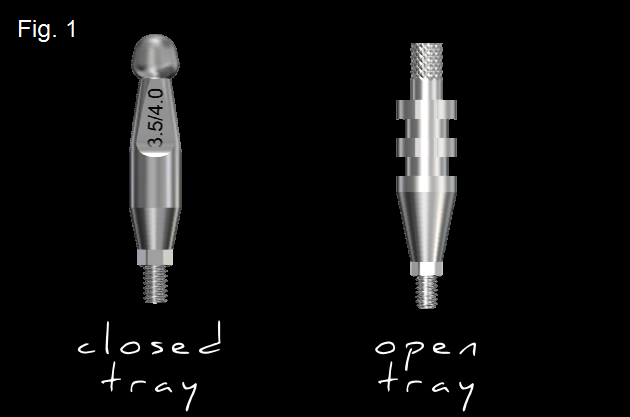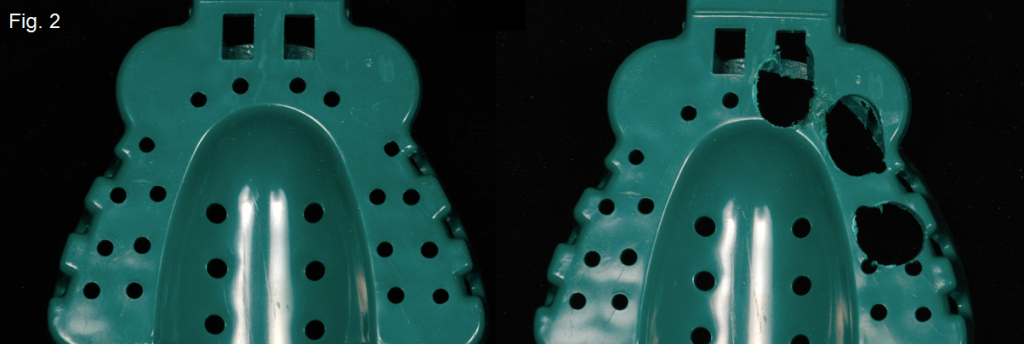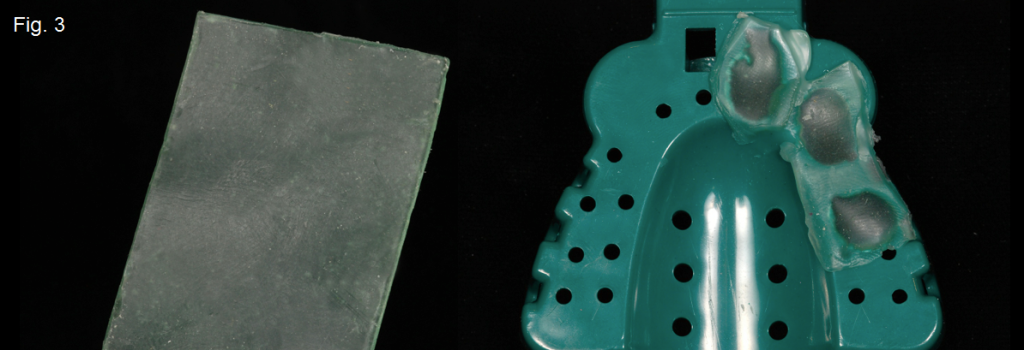- Implants
‘Closed Tray’ vs. ‘Open Tray’ Implant Impressions

Impression copings for implant prosthetics generally come in two distinctly different types: closed-tray or open-tray (Fig. 1).
If you’re like most clinicians, using an open-tray impression coping may bring a little bit of anxiety with it because you must make sure you can find and access the impression coping screw to remove the impression. If you’ve ever locked an impression in the mouth, you know exactly what I mean! It is for this reason that many clinicians would rather use closed-tray impression copings.
Can these different types of impression copings be used interchangeably? The answer depends on the clinical situation. A recent systematic review of the literature by Papaspyridakos et al.1 can help shed some light on the use of the different implant copings.
For single-unit, partially edentulous patients, closed-tray and open-tray impression copings can generally be used interchangeably. However, if you have multiple implants that will be splinted in either partially or fully edentulous patients, open-tray impression copings will be more accurate. It has also been shown that splinting the impression copings in the mouth (i.e. with resin) can improve the accuracy as well.
If you have multiple implants but plan on restoring them as single units, you may choose to use closed-tray impression copings for ease of use. However, if the implants are misaligned, it’s advisable to use open-tray impression copings — the misalignment may lock the impression in the mouth if closed-tray impression copings are used, because of their lack of draw. In general, if you have a question on accuracy of which one to use, the use of an open-tray impression coping will typically be more accurate.
So, how can we make using open-tray impression copings easier and take away some of the anxiety of finding the impression coping screw? One way is to use some baseplate or boxing wax over access the holes in the tray.
Begin by taking an impression tray and cutting holes in the appropriate areas to allow access to the implants (Fig. 2). The tray can be tried in the mouth at this point to make sure the holes are in the correct locations. Next, place some baseplate or boxing wax over the holes that were cut in the tray (Fig. 3).


The wax will be indented by the screws of the impression copings, so when you seat the tray, you’ll be assured that all of the implant screws can be accessed. In Figs. 4 and 5, you’ll see that the most distal impression coping screw is indented in the wax but has not yet been accessed. Removing the wax in this area when the impression material is set allows easy access to the screw.

Reference
- Papaspyridakos P, Chen CJ, Gallucci GO, Doukoudakis A, Weber HP, Chronopoulos V. Accuracy of implant impressions for partially and completely edentulous patients: a systematic review. Int J Oral Maxillofac Implants. 2014 Jul–Aug; 29(4):836–45.
SPEAR campus
Hands-On Learning in Spear Workshops
With enhanced safety and sterilization measures in place, the Spear Campus is now reopened for hands-on clinical CE workshops. As you consider a trip to Scottsdale, please visit our campus page for more details, including information on instructors, CE curricula and dates that will work for your schedule.

By: Greggory Kinzer
Date: December 1, 2016
Featured Digest articles
Insights and advice from Spear Faculty and industry experts


